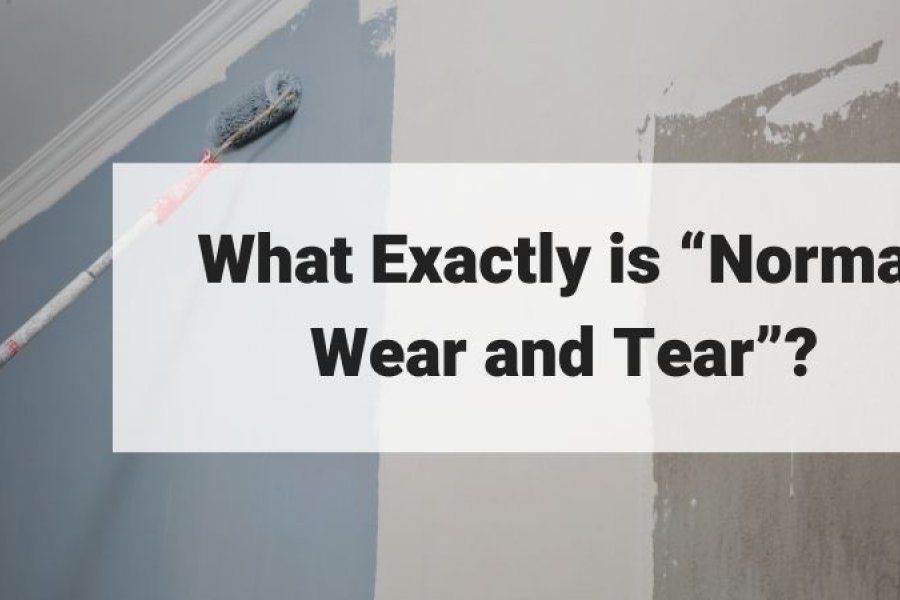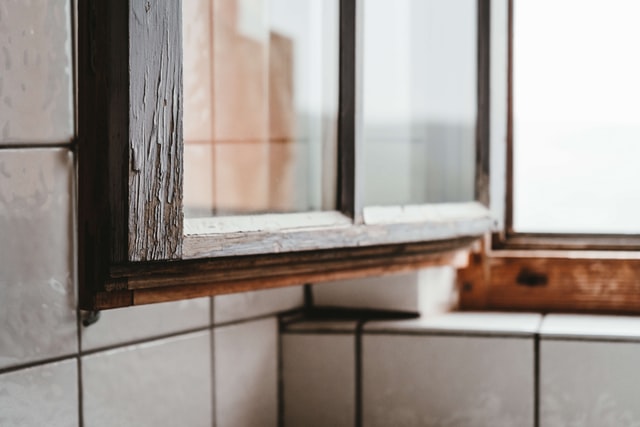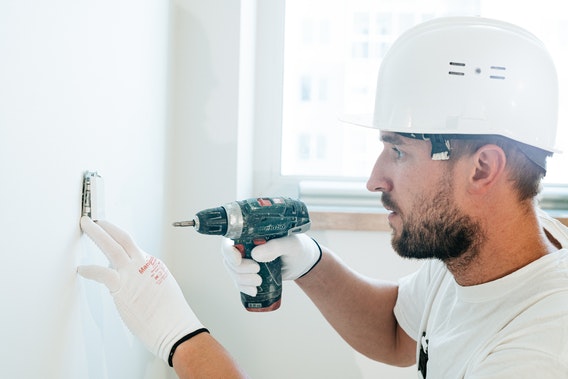
When inspecting your property after a tenant has moved out, you may notice some damage. The damage can either be normal wear and tear or can be excessive rental damage.
In this article, we’ll walk you through the two types of rental damage so that you can know what they entail.
What is Normal Wear and Tear?
Normal wear and tear is the natural deterioration a property undergoes over some time due to aging and regular use.
In a rental property, it’s normal to expect certain features to decline in condition as a result of normal usage. For example, depreciation of furnishings and appliances is expected over time.
Of course, the longer the tenancy is, the higher the rate of deterioration will be. The same also applies if your unit experiences a high tenant turnover rate.
What Are Some Examples of Normal Wear and Tear on a Property?
As already mentioned, normal wear and tear occur naturally. The damage doesn’t occur due to neglect or abuse of the property. The following are examples of normal wear and tear:
- Faded, scuffed, cracked, or peeling paint
- Faded or worn-out carpet
- Faded or slightly torn wallpaper
- Sticking doors
- Loose grouting
- Faded window shades or lamp shades
- Floors in need of a new varnish or coating
- Worn enamel in old sinks or toilets
- Partially clogged sinks due to aging pipes
What is Excessive Rental Damage?
Excessive or unexpected damage goes beyond normal wear and tear. This is damage that often requires more complex repairs or cleanings.

This kind of damage usually affects the unit’s usefulness, functionality, or value. A tenant can cause it either knowingly or unknowingly, or be a result of carelessness or negligence. The following are examples of excessive tenant damage:
- Illegal property alterations
- Missing or chipped tile
- Stains, burns, or holes in carpeting or flooring
- A missing or broken door, window, or fixture
- Chipped or broken bathtub or sink
- A missing toilet seat
- A missing door or window hinge
- Clogged toilet as a result of improper use
- Pests infestation as a result of poor sanitary standards
It’s important to note that not all these damages are caused by tenants. You may also be liable for causing some. An example would be damage resulting from poor maintenance or lack of action on your part.
Further examples include failure to maintain your plumbing system, for instance, which can eventually lead to leaks, which can cause serious damage to the flooring and drywall. Also, negligence on your part to do structural repairs can lead to cracked roofs or ceilings.
As a landlord, you have a responsibility to maintain your property to certain habitability standards. The following are some of the basic requirements your property must have:
- A solid roof that helps keep out rain and snow
- Sufficient running water, and hot water during the cold seasons
- Reasonable protection from criminal intrusion
- Sturdy walls and floors that aren’t under imminent danger of collapse
- Working plumbing, electrical, heating, and sanitary systems
- A vermin-free environment
- Properly maintained stairways, hallways, and clean and safe common areas

When can a Landlord Make Deductions to a Tenant’s Security Deposit?
The Florida security deposit laws specifically highlight two reasons that a landlord can use to make deductions to their tenant’s deposit. They are as follows:
- To cover unpaid rent
- To cover damage to the apartment beyond normal wear and tear
Because you can only hold your tenant liable for the costs of fixing excessive damage and not normal wear and tear, many disputes between landlords and tenants can arise. A tenant may think they have returned their property in great condition, but the landlord may disagree.
Luckily for you, with this information, you’ll be better positioned to make a more informed decision when it comes time to assess damages and potentially deduct from a deposit.
Tips on How to Prevent Tenant Damage
Rent to the Right Tenants
This is the best way to prevent tenant damages! Great tenants will care for your unit and pay rent without issues, among other things.
But how do you get the right tenants? By screening them! You should have a thorough tenant screening process that examines a tenant on a myriad of things including:
- Their rental history
- The income they make every month
- Their credit rating
- Their employment and relevant criminal background
Have a Solid Lease Agreement
Having a written lease will be a win-win for both you and your tenant. Some of the important clauses you will want to include to address tenant damage include:

- Pets - If you will allow pets, make sure to have some restrictions in place. For example, you may want to have limits in regards to the number, size, and breed of pets allowed. You may also want to charge the tenant a pet fee.
- Smoking - Don’t permit tenants to smoke inside the rental property. Smoke remediation can be time consuming and expensive.
- Maintenance - Let your tenant know what they are responsible for in regards to the maintenance of the property. For instance, letting them know that they must report property issues to you promptly.
Inspect Your Property regularly
No one is going to care for your property as much as you do. Conducting routine inspections from time to time will enable you to ensure your property is always in top condition.
It’ll also help you identify issues early before they become serious and potentially costly.
Bottom Line
Tenant damages and wear and tear are inevitable. Thankfully, there are steps you can take to ensure it's kept as minimal as possible. If you’re unsure as to whether or not the damage is considered normal wear and tear you can also reach out to a rental management professional.
If you are looking for help in any aspect of property management, State Property Management can help! Contact us today to learn more about our management services.